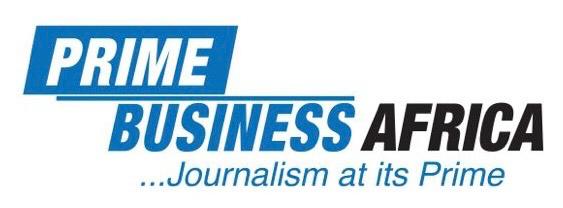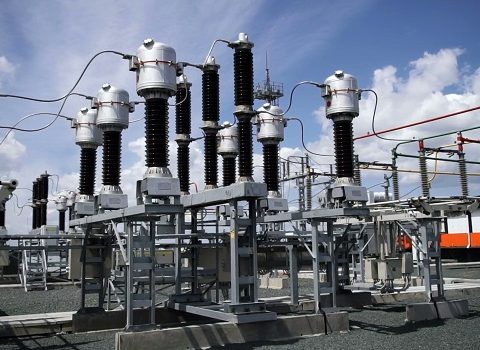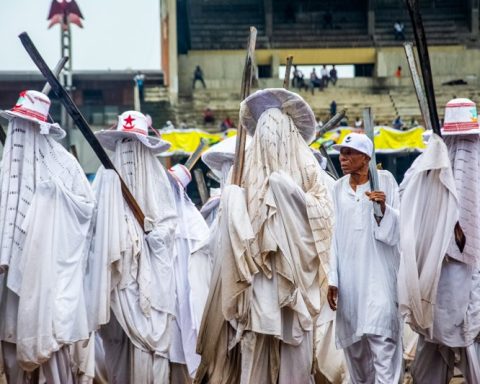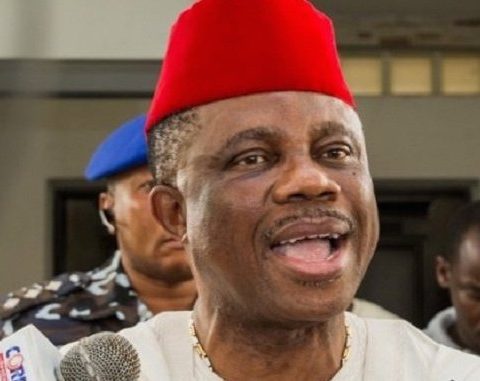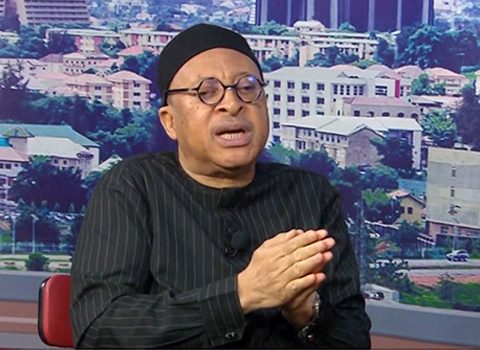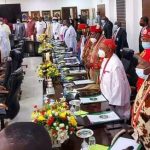Recent pronouncement by the Federal Government about plans to fully adopt cost-reflective electricity tariff across board and the prevailing high cost of procuring solar systems for households as an alternative energy source, put Nigerian electricity consumers in a dilemma, writes Prime Business Africa’s Victor Ezeja.
The dilemma Nigerian consumers face between cost-reflective electricity tariffs and solar energy costs reflects broader challenges in the country’s energy sector.
Join our WhatsApp ChannelMinister of Power, Adebayo Adelabu, had in a meeting with chairmen of electricity generating companies (GenCos) in Abuja, recently, said the Federal Government plans to extend its cost-reflective tariff on electricity beyond Band A to other bands in a bid to address the huge subsidy obligations in the country.
During the meeting organised to address the issue of ₦4 trillion debt owed GenCos as unpaid subsidy obligations, Adelabu lamented that the government is under serious financial strain and can no longer sustain the rising cost of electricity subsidies.
“We must recognise that our economy cannot sustain subsidies indefinitely,” Adelabu stated, revealing that the government may have to resort to borrowing to offset the debt owed GenCos.
According to the Nigerian Electricity Regulatory Commission (NERC), all customers in the Nigerian Electricity Supply Industry (NESI), except Band A (who constitute the top 15 per cent), are currently benefiting from government subsidies.
In its performance report for February, NERC indicated that the average real tariff stands at ₦116.18 per kilowatt-hour, whereas consumers are charged ₦88.2 per kilowatt-hour. The subsidy cost per kilowatt-hour was represented by the gap between the real tariff and the average collection, which amounted to ₦27.97 kWh.
The NERC had last year approved a 300 per cent tariff increase for Band A customers and 65 per cent increase for other bands. Band A customers are currently being charged ₦225 kWh.
Adelabu said the new tariffs would reflect the actual cost of electricity generation and delivery, adding that citizens must pay the proper amount for the energy utilised.
Earlier in February, President Bola Ahmed Tinubu’s Special Adviser on Energy, Olu Verheijen, also said an increase in electricity tariffs was necessary to support essential maintenance, enhance reliability and attract private investment in power generation and transmission.
What is Cost-reflective Electricity Tariff?
It is a tariff structure where electricity prices reflect the true cost of generation, transmission, and distribution, including losses and a reasonable profit margin for operators.
In Nigeria’s situation, the Federal Government has long been subsidising electricity, keeping tariffs low. In 2020, NERC introduced a Service-Based Tariff (SBT) to gradually adopt cost-reflective pricing.
However, due to inflation, exchange rate fluctuations, and gas supply issues, tariffs remain below cost-recovery levels, leading to liquidity crises in the sector.
READ ALSO: Nigeria’s Electricity Tariff Hike: Any Impact On Productivity?
Impact on Consumers
Higher tariffs imply increased electricity bills, straining household and business budgets. Many consumers already face an unreliable power supply from the national grid. With this, they argue that adopting higher tariffs seems unjustifiable.
The Federal Government’s plans to extend the cost-reflective tariffs to other bands of electricity consumers have received widespread reactions as they highlight inefficiencies in the system and poor power supply.
Nigerian Consumer Protection Network has kicked against the proposed tariff hike. The group’s President, Kunle Kola Olubiyo, bemoaned the long-standing inefficiencies, poor infrastructure, and frequent power outages that have plagued Nigeria’s electricity sector over the years.
According to him, one of the main obstacles to industrial expansion and economic development in the country remains poor access to a steady and dependable electricity supply.
Olubiyo decried the fact that a significant portion of the nation’s power distribution and generation infrastructure is outdated, resulting in frequent power outages.
READ ALSO: Nigerian Govt Set To Revamp Failing DisCos In Major Power Sector Reform
While Nigeria has an installed power generation capacity of about 13,600 megawatts (MW), available power generated and distributed across the country is a paltry 5,000 MW.
Olubiyo noted that frequent grid failures and vandalism of power infrastructure pose a serious challenge to having a reliable power supply across the country. This, he said, affects business activities and the day-to-day life of citizens.
Also, reacting to the proposed plan, an X user with the username Atiku Mission wrote: “So let’s get this straight, the same government that can’t provide steady light now wants the masses to fund its inefficiency? No stable power. No accountability. Yet higher bills? This is not reform. It’s punishment.”
Manufacturers Association of Nigeria (MAN) has also lamented about the impact of high electricity tariffs amid poor quality service.
Solar Energy as an Alternative
Growing Adoption: Due to unreliable grid power, many Nigerians (especially businesses and middle/upper-income households) are turning to solar energy.
However, the cost of initial investment into solar, especially for low-income earners, is an inhibiting factor in access to alternative energy sources. This has been aggravated in recent times due to the high exchange rate, resulting from the devaluation of the naira.
Currently, a basic solar system (panels, inverter, batteries) for a simple household can cost from ₦700,000 – ₦3.5 million, depending on capacity. Others with higher capacity cost more.
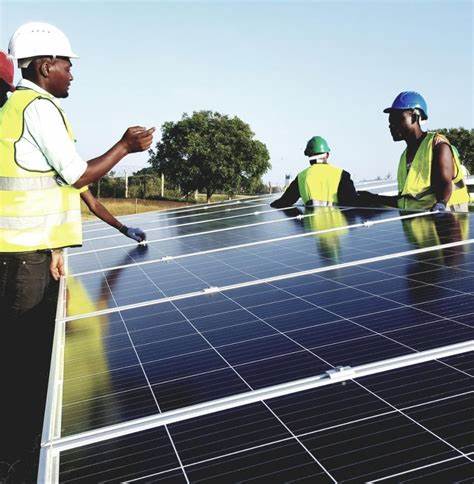
READ ALSO: Can Investment In Renewable Energy Resolve Nigeria’s Power Crisis?
Long-term Savings: Solar eliminates monthly electricity bills and provides energy independence.
Maintenance: Solar installation and management experts say batteries need replacement every 3-5 years, adding to long-term costs.
Analysts have raised concerns that the high cost of initial investment in solar makes it unaffordable for low-income consumers, coupled with the lack of affordable financing options.
The Consumer Dilemma
If the government finally implements the cost-reflective tariff across board, consumers on one hand, are faced with paying higher electricity tariffs. Analysts observed that this comes with having no guarantee of improved service despite tariff hikes, as consumers frequently experience blackouts.
On the other hand, going for solar as an alternative may not be feasible for low-income earners, it involves “High upfront cost, which is a barrier, but long-term savings are significant. It is more reliable but requires maintenance,” said tech analyst, Isaac Udoh.
Aside from that, the recent statement credited to the Federal Minister of Science and Technology that the Federal Government would ban the importation of solar panels has raised concerns about the implications for the cost going forward. Experts have averred that while the government has a good reason for that, which is promoting local manufacturing of solar system equipment, this is not the appropriate time for adopting such a policy, given that there is still a lack of production capacity to meet increasing demands.
For those who go for the option of using generators, the cost of Fuel (petrol/diesel), especially after the removal of the subsidy, has been quite high. Generators are noisy, pollute the environment, and require frequent maintenance.
Possible Solutions
Mini-Grid Expansion: due to the overly centralised system of power grid, there has been a series of advocacy for decentralised renewable energy projects for rural/underserved areas.
Transparent tariff adjustments: Consumers and businesses have called for a more transparent and fair pricing system in the electricity sector. This is to ensure that tariff hikes correlate with service improvements.
Subsidised Solar Financing: There have been calls for the introduction of low-interest loans or leasing models for solar systems and other more affordable payment plans.
There are also calls for more private sector participation to increase competition and drive down solar system costs.
Victor Ezeja is a passionate journalist with seven years of experience writing on economy, politics and energy. He holds a Master's degree in Mass Communication.
